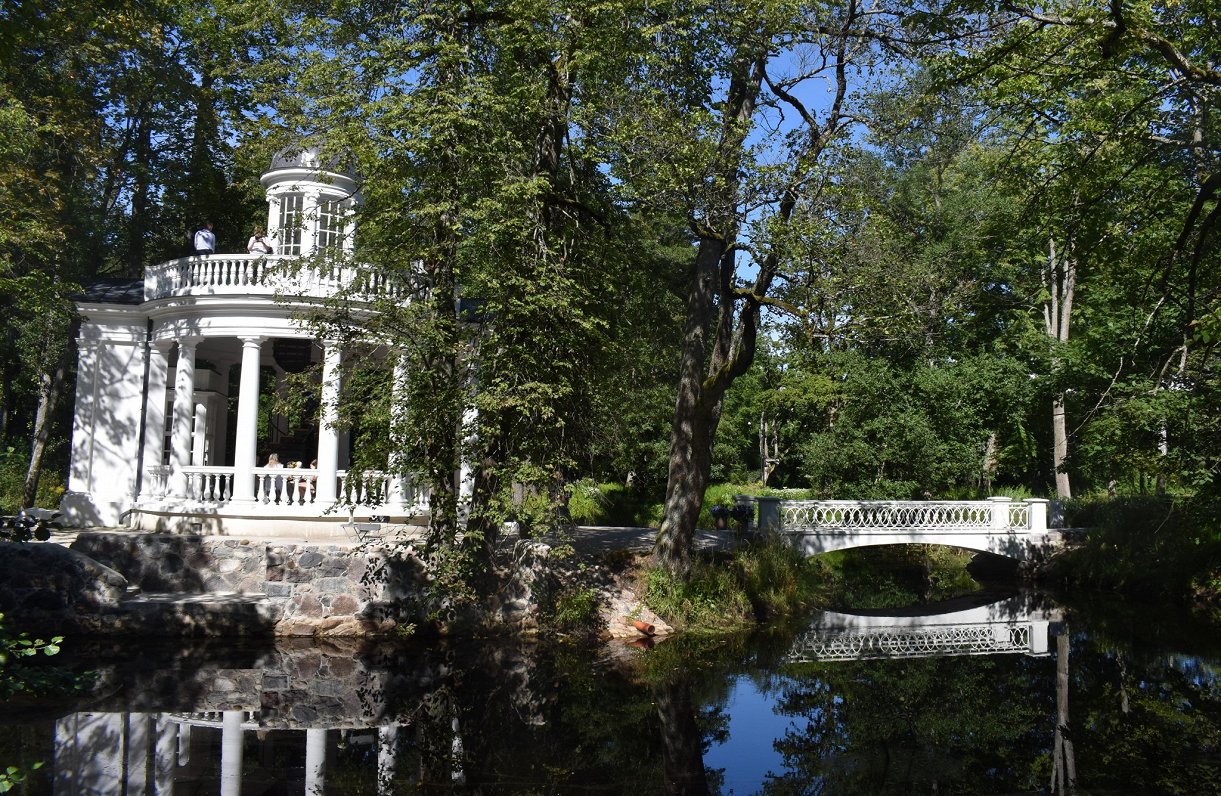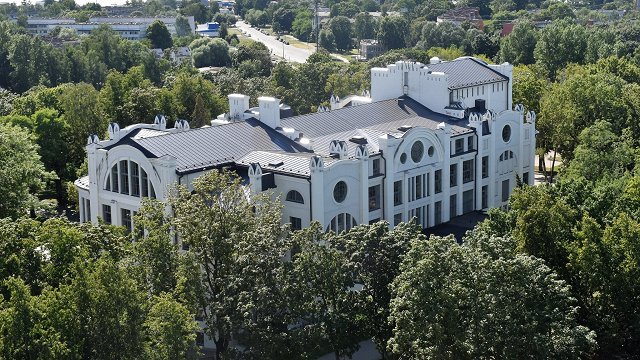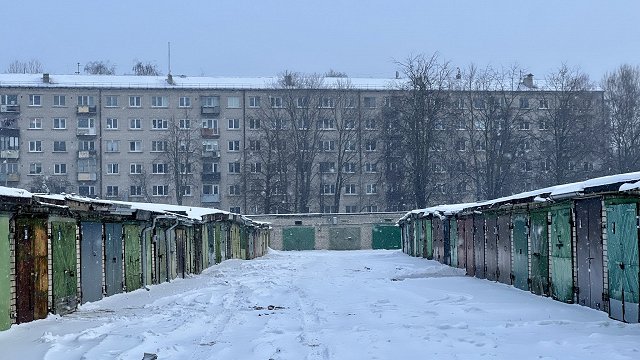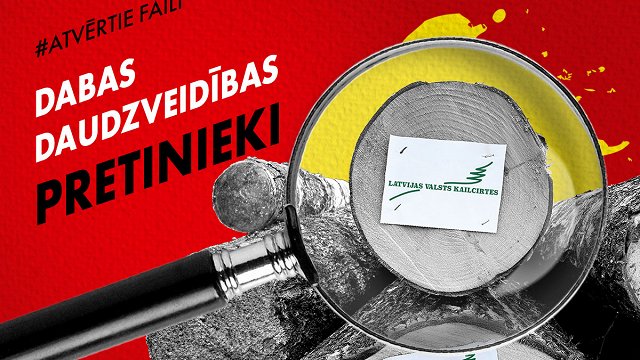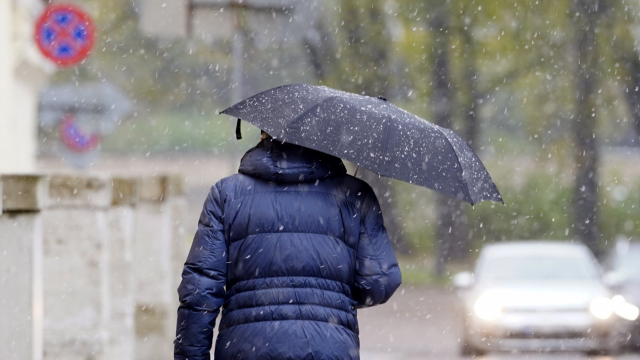A lingering rotten egg smell may not be the most enticing calling card for a resort. But that odour is a part of what makes a visit to the town of Ķemeri special.
Located 40 kilometers west of Riga, Ķemeri sits on sulphur springs, which allegedly provide relief for all sorts of aches and pains. In the late 18th century, local fishermen revealed the springs to a respected doctor named Otto von Huhn, who instructed several patients with skin complaints to take a dip. The treatment was apparently a success, and after the news trickled up the social ladder, in 1836 Czar Nicholas I ordered a resort to be built.
Following the opening of a railway line in 1877 (complimented by a tram to the beach five kilometres away), health-seekers poured in from Rīga, Moscow and St. Petersburg. Although it was devastated during the First World War, Ķemeri gained a new lease of life in the first Latvian republic. In 1936, the ribbon was cut on a magnificent 100-room hotel designed by Eižēns Laube, the architect of many Art Nouveau buildings in Riga.
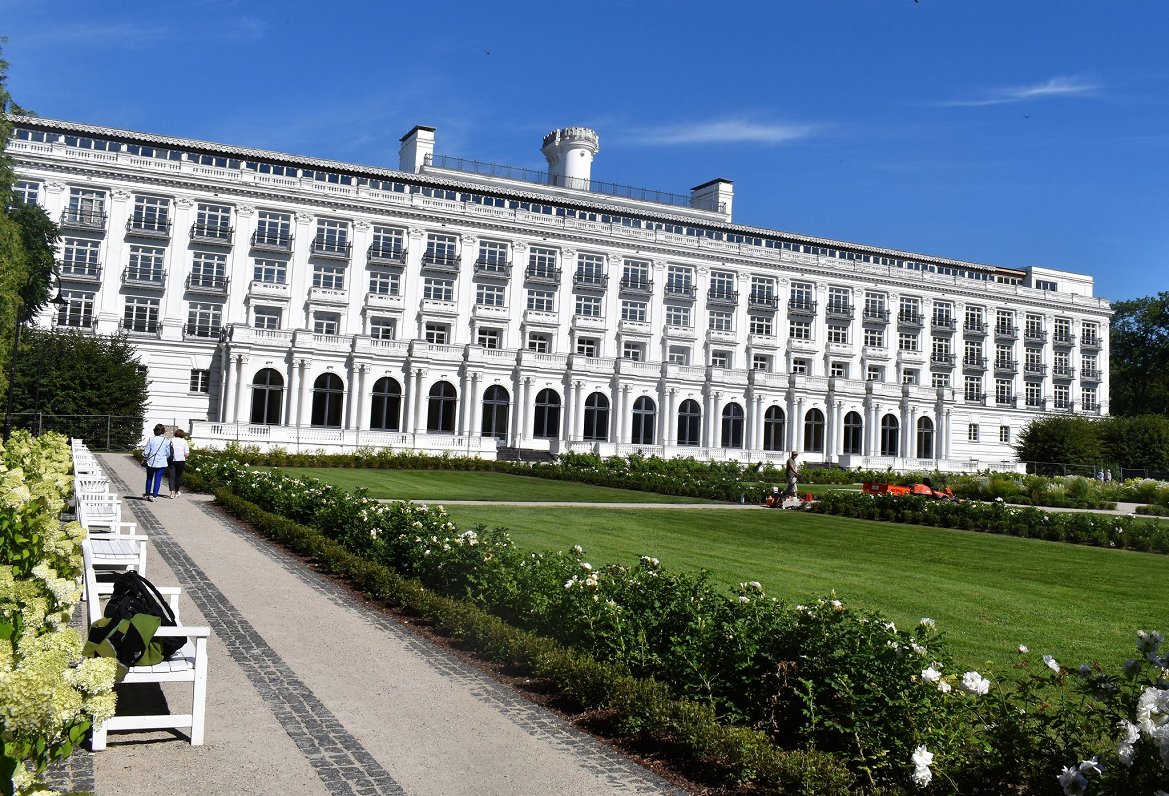
Nicknamed the “great white ship,” it hosted international chess tournaments which made Ķemeri popular amongst the toffs of Europe. During the Soviet occupation, Ķemeri revived many an ailing proletarian, as enterprising medics combined mud baths with conventional medicine.
Sadly, these endeavours did not survive the transition to capitalism, and in the 1990s and 2000s, Ķemeri fell into obscurity and disrepair. But a few years ago, the municipality of Jūrmala finally woke up to what a gem it had in its backyard and undertook extensive renovations.
Several hectares of the historic park have already been rejuvenated. Wander the trails along the Vēršupīte River to gaze upon a pair of Lutheran and Orthodox churches, and sip from several gushers offering a taste of the magical stinky waters. A charming Lovers’ Island has a café serving scrumptious ice cream to banish the aftertaste.
Also, do put your vertigo on hold and climb up the 42-metre-high, 1929-vintage water tower/visitors’ center for pleasing views of the surrounding Ķemeri National Park. The construction site visible just to the east of the tower is for a new science museum.
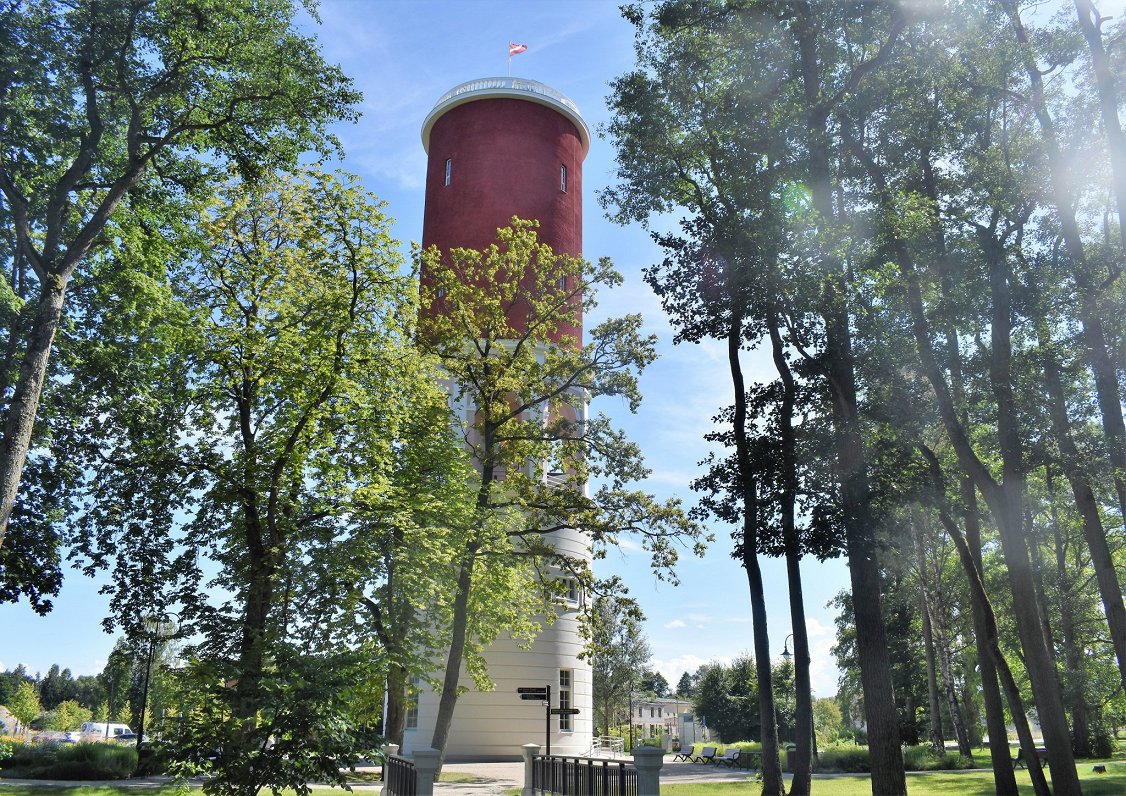
One final piece would make this delightful puzzle complete. For three decades, botched privatisation efforts have seen the hotel pass from one incompetent owner to another, turning this epitome of luxury into a faded white elephant. But recently, a lot of work has been done to improve the exterior, and a pretty rose garden has been planted.
It is unclear when it will open its doors again to guests, and after so many disappointments, even locals are afraid to speculate. But if or when it happens, Ķemeri will be a tourist magnet par excellence again.
Need to know
- The train from Rīga central to Ķemeri takes about one hour. There’s free parking near the water tower.
- Entry to the water tower is free but you have to reserve a time in advance.
- The dining scene in Ķemeri is limited, but “Vidnieki” farm inside the national park offers healthy and delicious lunches using plants foraged from their natural meadow.
